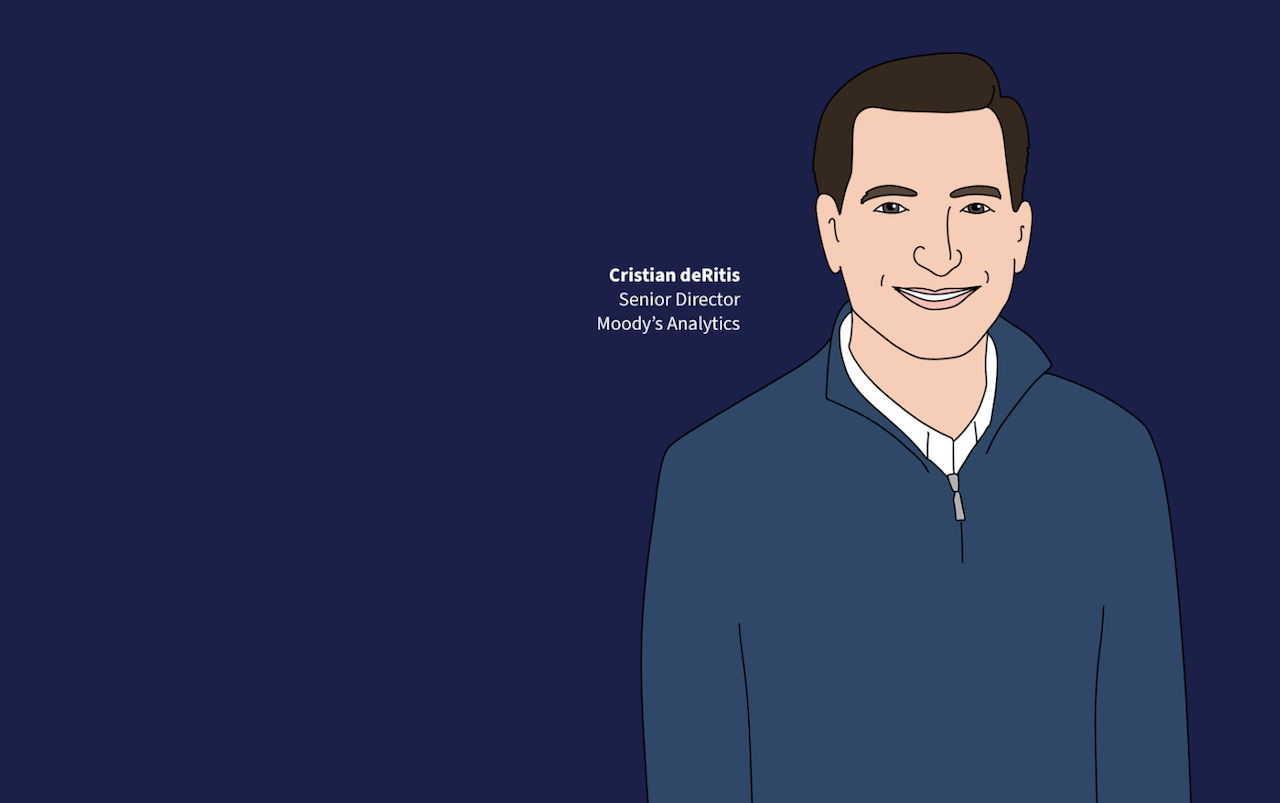Leadership
When Unknowns Define The Future of Homebuilding Strategy
Uncertainty is the only constant: from Fed moves and mortgage lock-in to tariffs, labor shortages, and policy risks. Moody’s economist Cristian deRitis and the Focus On Excellence summit in Denver will arm builders with frameworks to plan, act, and lead through turbulence.

Is "the bottom" in?
Will the next Fed funds rate cut release pent-up demand?
Will AI disrupt employment trends sooner? Or later?
What does 'future-proof' mean to private and public homebuilders today?
What we don’t know will shape everything about how U.S. homebuilders budget, invest, operate, and navigate in 2026.
- We don’t know whether the Federal Reserve’s next moves will lower mortgage rates in a way that actually matters for locked-in homeowners.
- We don’t know whether tariffs on lumber, steel, and copper will hold, expand, or roll back — and how much more they will add to build costs.
- We don’t know how immigration and labor policy will impact the already strained supply of framers, roofers, and finish trades.
- We don’t know how much longer land prices will hold firm, or whether debt-burdened sellers will finally blink.
- We don’t know whether consumers — even those who can afford to buy — will keep waiting for “a better deal” on price or rate.
- We don’t know how reliable the economic indicators will be when even core data like jobs reports are delayed or disputed.
- And we don’t know whether policymakers will undermine the independence of the Fed, or of Fannie Mae and Freddie Mac, in ways that could push mortgage rates higher, not lower.
Each of these unknowns can impact a builder's profit and loss statement (P&L), often by millions. None of them – boiling down to Dismal Science 101 bedrocks of supply and demand – is under a builder’s direct control.
Register for Focus On Excellence here now.
Yet all of them must be accounted for in budgets, business models, and operational workflows as we head into 2026.
The Hard Reality on the Ground
The latest read from the field and various published sources:
- Home prices are falling in a third of the country.
- Land prices, after two years of multiple-bidder competition, have begun to soften.
- Inventory — both existing and new — is piling up, with an “overhang” of standing or started homes.
Rebecca Patterson, an economist who recently wrote in The New York Times, puts the bigger picture bluntly: affordability has worsened to its weakest level in a generation. Median homes now cost more than 4.6 times the median family income, up from 3.8 times in 1995.
Builders know this story by heart. It has become increasingly complex to buy finished lots, build profitably, and sell them quickly enough to keep the cycle moving. Public builders are pricing to secure a pace-stabilized "strike price." Private builders are caught between protecting margins on paper and keeping cash flowing in practice.
What the Fed Can’t Fix Alone
Homebuilding leaders tend to view the Federal Reserve as a lever: cutting rates unlocks demand. But Cristian deRitis, Deputy Chief Economist at Moody’s, warns against oversimplifying.
Interest rates are always front and center, the key drivers,” he tells me. “But we need to address lock-in effects. Even if rates drop significantly, they would have to decrease substantially to unlock the mortgages that are outstanding. We might not get the impact some builders expect, even from a 100-basis-point decrease.”
That reality should hit hard. Builders are already buying rates down to 3% and still not moving pace. The math alone doesn’t explain the hesitation. Psychology matters as much. Consumers are waiting, convinced tomorrow will be cheaper.
Policy Risks Builders Can’t Ignore
The list of policy risks is long:
- Tariffs raise material costs.
- Migration policy is choking the labor supply.
- Fannie and Freddie privatization talk risks higher mortgage rates.
- Political pressure on the Fed threatens its independence.
Tariffs are certainly front and center from a building materials standpoint,” deRitis says. “Migration policy definitely has an impact on labor. A lot of policy angles affect the housing market directly.”
Add to this the volatility in core economic signals, such as job reports — the yardsticks builders use to gauge consumer demand. If the data itself is in question, leaders must be doubly cautious when setting budgets.
The Builder’s Dilemma
This is the environment builders will face as they finalize 2026 plans:
- Standing inventory weighing on balance sheets.
- Consumers are hesitant for both financial and psychological reasons.
- Lenders pressing for cash flow, not just paper margins.
- Policy swings add cost and confusion.
The risk isn’t just lower profit. It’s stagnancy. Doing nothing — waiting for clarity that never comes — can drain capital, strain trade relationships, and weaken organizations.
The builders who harden themselves now — aligning teams, streamlining workflows, and clarifying decision frameworks — will be the ones able to keep moving when conditions shift.
Why Denver, Why Now
This is the backdrop for the Focus On Excellence leaders' summit and workshop in Denver, October 27–29.
Cristian deRitis will open a critical window on the economy, examining the Fed's path, mortgage lock-in, consumer psychology, tariffs, labor, and policy risks, not as forecasts, but as a framework for making decisions when the ground under builders keeps shifting.
And FOE won’t stop at the keynote. The panels and workshops are built to turn these signals into strategy:
- How to price and pace in a slower, uneven market.
- How to secure land without over-extending.
- How to keep trades engaged through uncertainty.
- How to align people, processes, and capital around a single source of truth.
It’s a working forum — not theory, not buzzwords, but the complicated conversation of how to lead, operate, and manage balance sheets through disruption and stress tests.
The Case for Showing Up
Homebuilders don’t get to control rates, tariffs, or immigration. However, they can control how clearly they perceive the risks, how quickly they respond to signals, and how unified their teams are in execution.
That’s the difference between being caught with unsold inventory and being ready to move when demand reemerges.
As deRitis puts it:
We’ll lay out the baseline, the risks, and the short-term indicators to watch. The question is how leaders use that information to prepare for what comes next.”
The cost of attending – especially in terms of time commitment – is real. The cost of not being ready is greater.
MORE IN Leadership
Homebuilding’s Hardest Test: Change As Core Competency
Residential development leaders are being forced to lead across timelines. Resilience means solving today’s air pockets with tomorrow’s customers in mind.
Capital, Land, and People Collide In Still Unsolved Hard Problems
Homebuilders face a grind where money is scarce, land sticky, and people harder than ever to engage. The Focus On Excellence summit tackles them head-on.
Homebuilder Caution Mounts As KB Home Trims Its Forecast
Two days, two giants, two sobering outlooks. KB Home joins Lennar in signaling deepening headwinds on both the cost and buyer sides of the market.
